Disclosure: We may get commissions for purchases made through links in this post.
Concrete is a mixture of cement, sand, gravel, and water. Sometimes, admixtures are also used when required. It is one of the widely used materials in construction because of its strength and durability. It is used in all types of construction, such as residential buildings, roads, and bridges. When working with concrete, the concrete must be smoothened after curing. That is why there is a thing in construction called "concrete finishing" to give the best result.
Concrete finishing is a method that uses a trowel or screed. It is usually applied when the concrete is already cured - the reason why timing is essential. Here are the types of outdoor concrete finish:
- Stamped Concrete Finish
- Troweled Concrete Finish
- Broom Concrete Finish
- Salt Concrete Finish
- Polished Finish
- Stained Concrete Finish
- Exposed Aggregate Finish
- Swirl Finish
Concrete is a versatile and flexible material. However, work out with the mixture ratio to have the perfect finish. Keep on reading to fully understand each type of concrete finish!
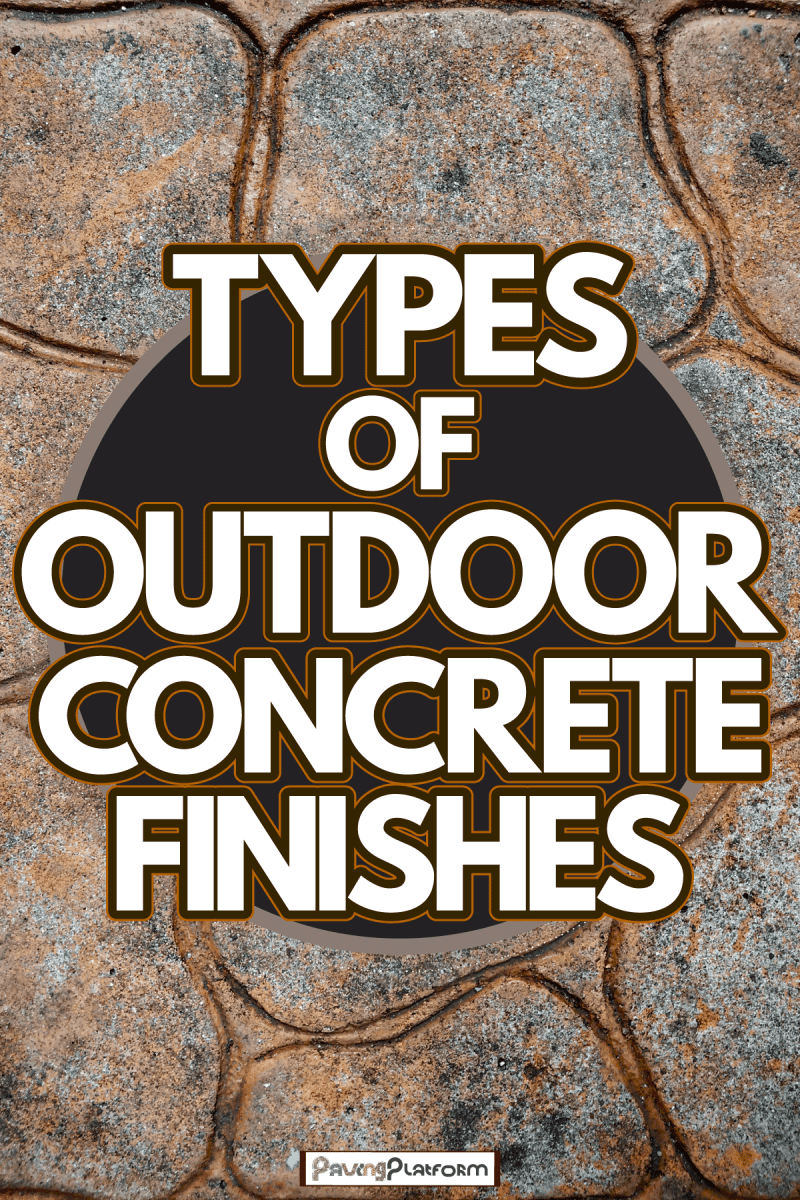
Types And Benefits
Some concrete finishes are easy, and some need proper skills. Concrete finishes are both functional and used for extra aesthetics. Read further to know which type of finishing suits your home best!
1. Stamped Concrete Finish
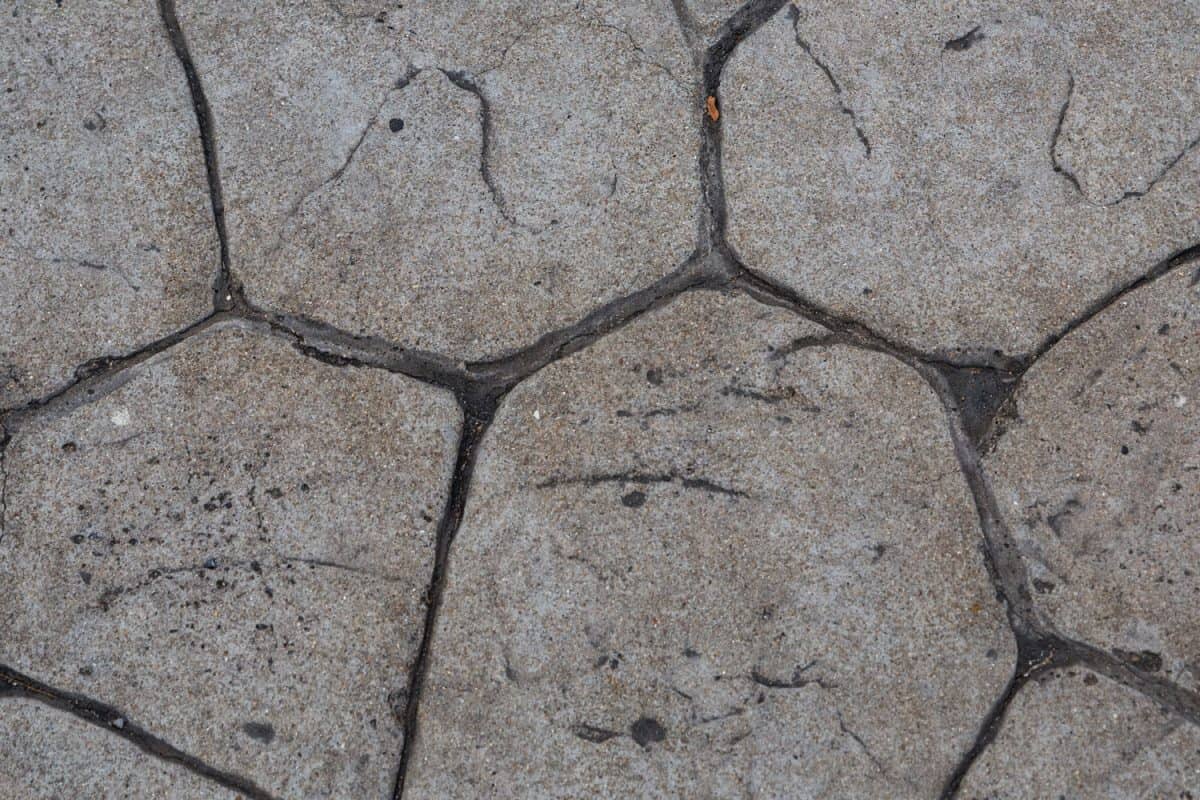
If you like adding design to your concrete, this type of finish is for you. Concrete stamping is an excellent way to give an amazing look to your concrete. Various designs are available for you to choose from, such as bricks, tiles, wood, or granite.
Forms must be applied while the concrete is still curing, and patterns pressed firmly into the concrete for it to be visible.
Benefits:
- Easy to maintain
- Customizable pattern and color selections
- It can last for years, especially if well-maintained
- It Gives your outdoor space a beautiful visual
- Budget-friendly
2. Troweled Concrete Finish
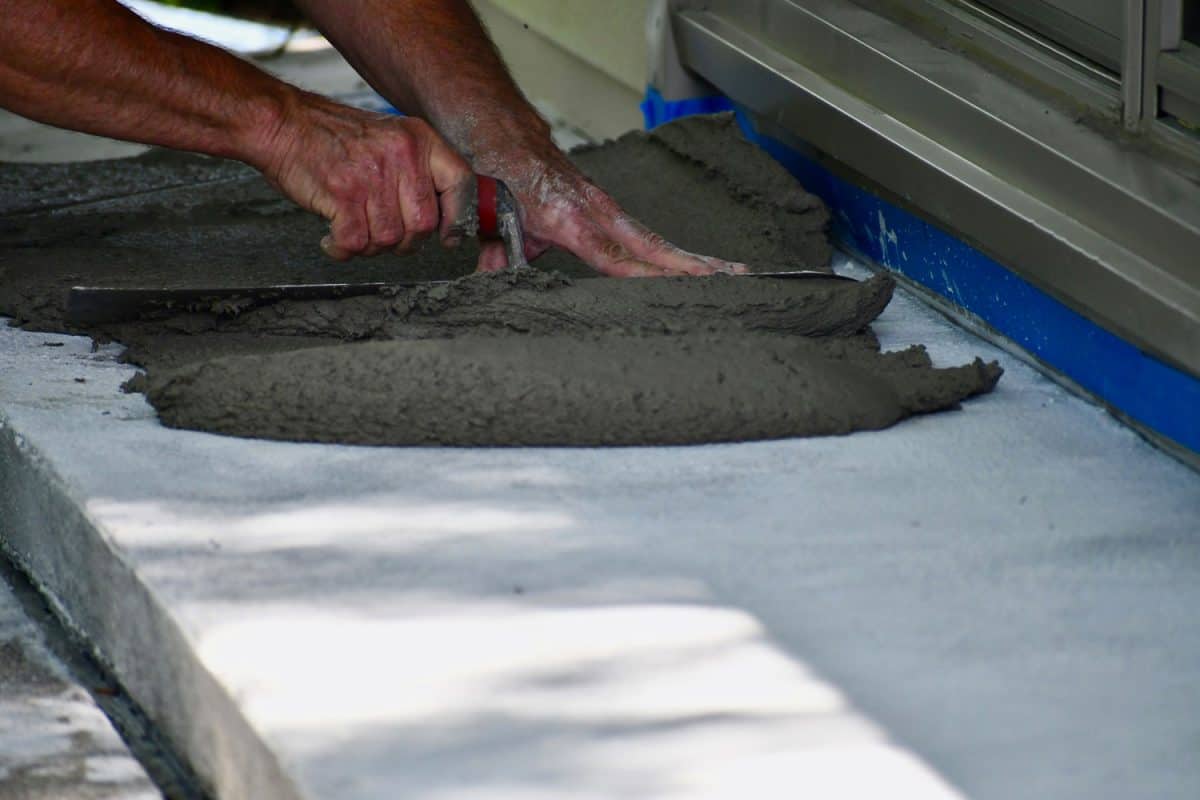
This type of concrete finish is probably the most common. The screed is poured on the fully-cured concrete and flattened out using a trowel, creating a smooth and leveled surface. Trowels can be mechanical or manual.
Troweled concrete finish is good for someone who likes to keep their outdoor space look minimalist. However, the texture result depends on what type of trowel is used. Steel or aluminum trowels can give a smooth finish, while wood trowels can be coarser.
Benefits:
- It can't be easily scratched
- Abrasion-resistant
- It is good with underfloor heating
3. Broom Concrete Finish
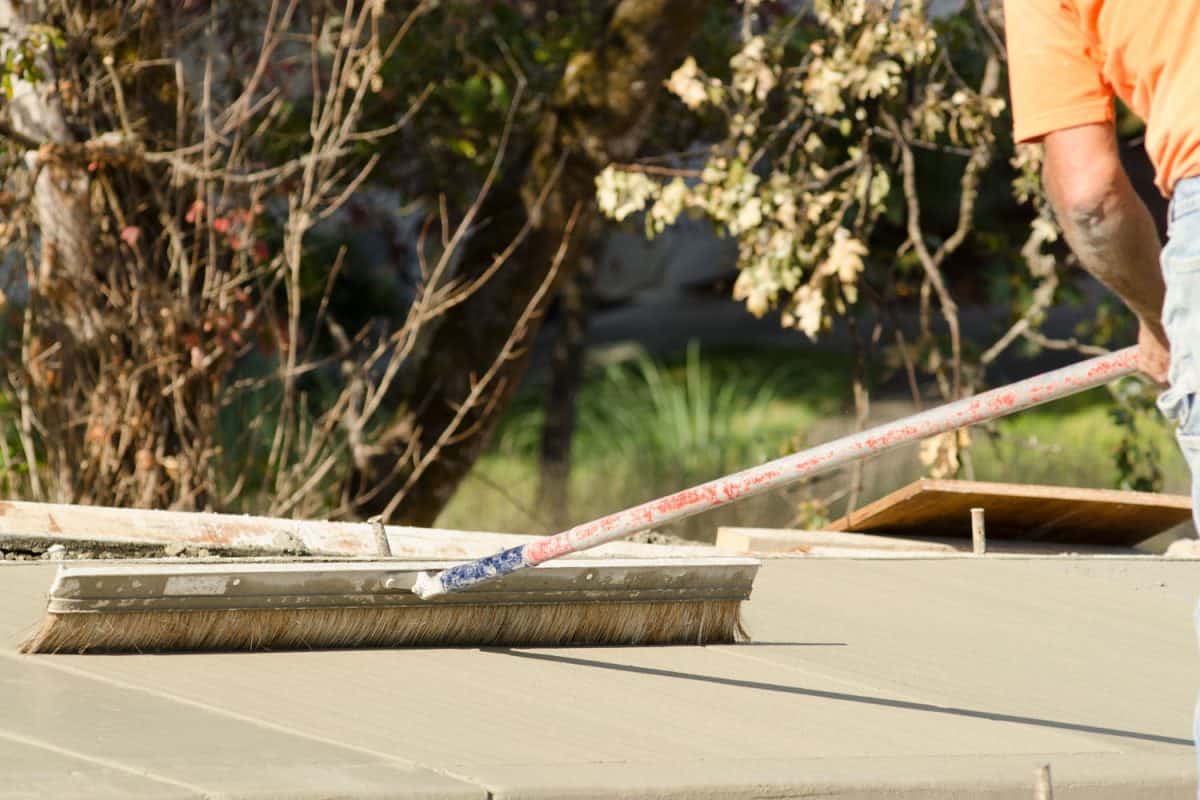
For this finish, it is still required that you trowel your hard concrete before doing the broom concrete finish. After the trowel finish, a special broom is used and dragged along the surface area.
This will create a rougher texture and look on the concrete. Broom bristles can also be changed depending on how you want them to look. This type of finish can help on rainy days where the surface can be slippery.
Benefits:
- Prevents slips and falls
- It is less expensive
- Patterns can also be created, such as straight lines or swirly lines
4. Salt Concrete Finish
Salt concrete finish is usually applied on wet areas, such as swimming pools. Rock salt crystals are sprinkled on fresh and uncured concrete. When the concrete is fully cured, the salt will be washed away with water.
This concrete finish will have some small holes to prevent it from being slippery.
Benefits:
- Slip-resistant
- It does not need too much manpower and materials
- It is not expensive
- Subtle and unique detail to your concrete floor
- It can make your pool deck look luxurious
5. Polished Finish
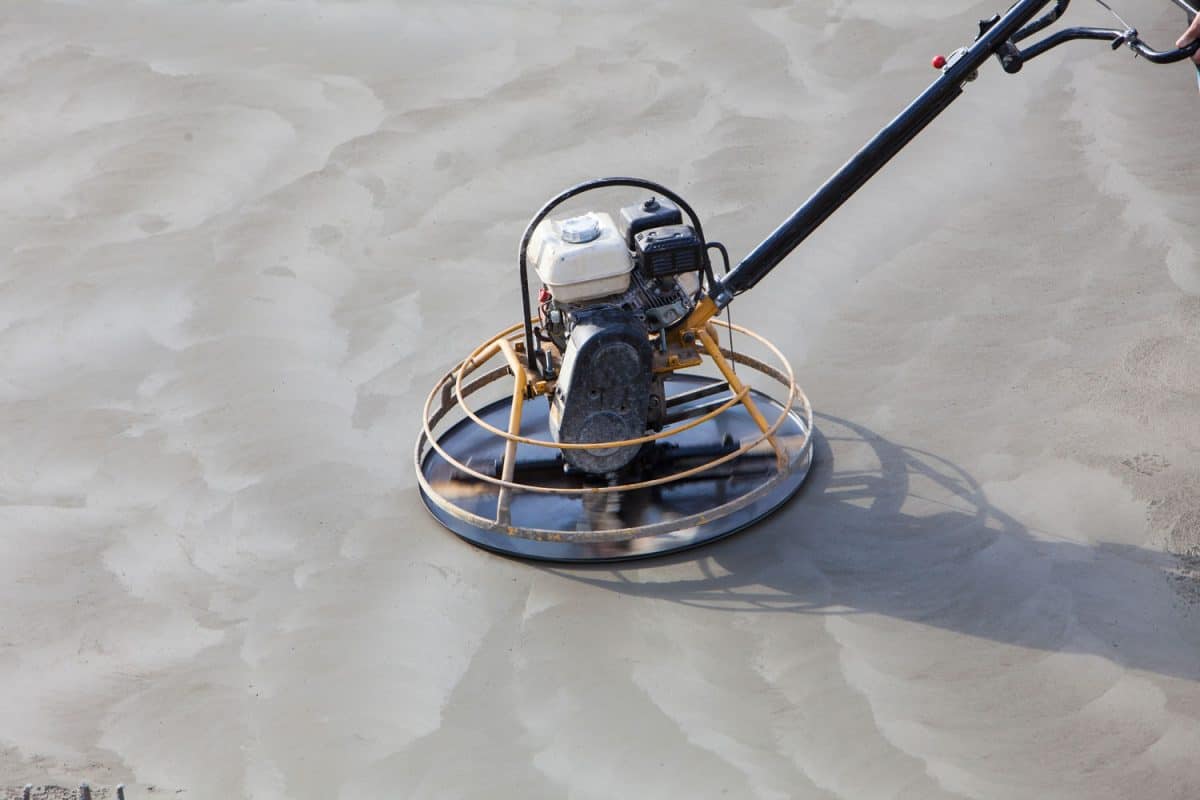
Complete the look to your concrete floor with a polished finish! This type of finish will give a fresh and glossy look to your concrete floor. To achieve this, use a floor grinder to polish hard concrete.
For water protection, professionals use chemical hardeners, special tools, and equipment to the concrete.
Benefits:
- Very durable that it can withstand pressure
- Cost-efficient
- Low-maintenance
- It has various designs
- Looks clean and fresh
6. Stained Concrete Finish
This type of concrete finish is an excellent way to match the surrounding of your outdoor space. After the concrete is leveled and fully cured, color is added to it. Most of the colors that are used are neutral ones.
Colors can also be changed if you feel like changing them. Use a water-based stain, like acrylic, to make various color choices. It is recommended that color be applied as soon as the concrete is cured to achieve a great outcome.
Benefits:
- High durability
- Easy to maintain
- Extra aesthetics to your space
- It can last long
- If properly applied, the color will not fade
7. Exposed Aggregate Finish
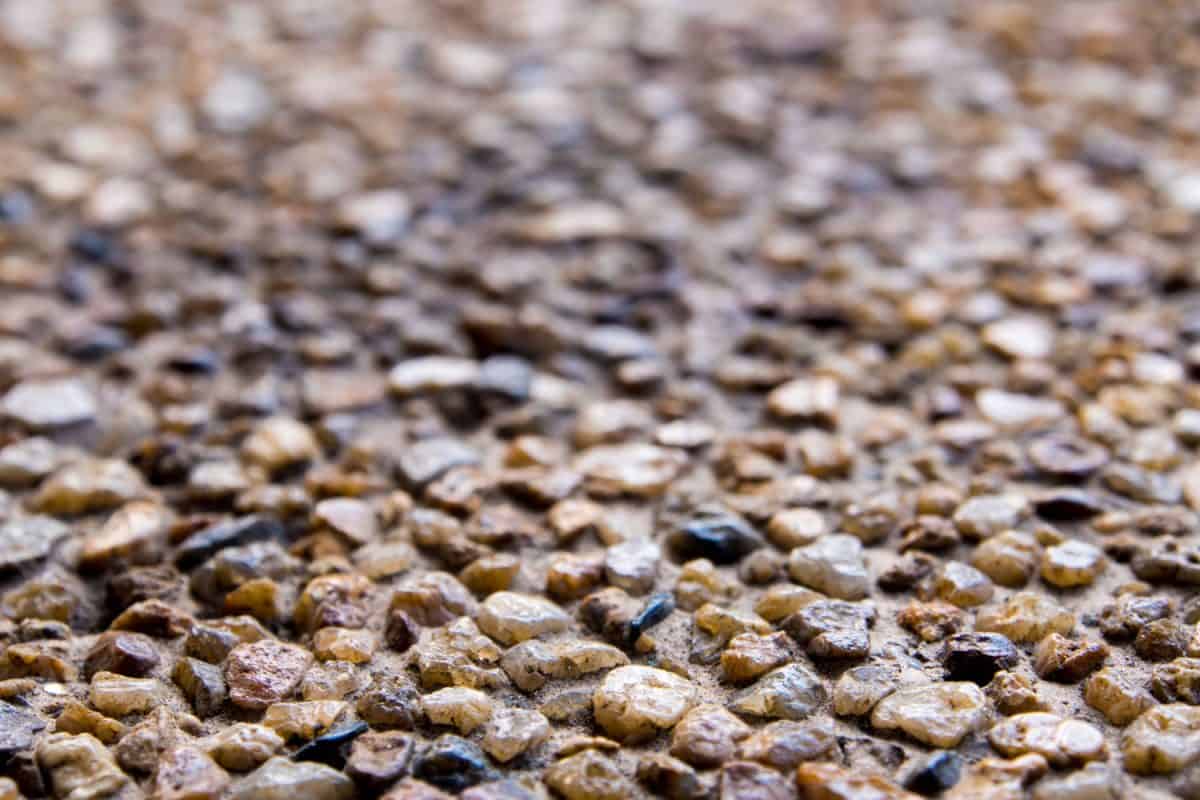
Exposed aggregate finish is the type of concrete finish that displays the aggregates mixed with the concrete. To get this kind of finish, the top layer of cement must be washed away to reveal the aggregates; seashells, stones, granite, and other materials.
For the treatment, apply a chemical overnight to slow down the hardening of the cement. The exposed aggregate finish is functional and visually striking at the same time.
Benefits:
- Non-slip texture
- Easy to do
- Low-maintenance
- Durable
- It can survive bad weather days
8. Swirl Finish
This type of concrete finish is one of the best finishes if the goal is to have an aesthetic pathway. To achieve this design, smear the concrete with a circular pattern in a uniform way.
Benefits:
- Slip-resistant
- Visually pleasing
- Practical to use
How Soon After Pouring Concrete Should You Water It?
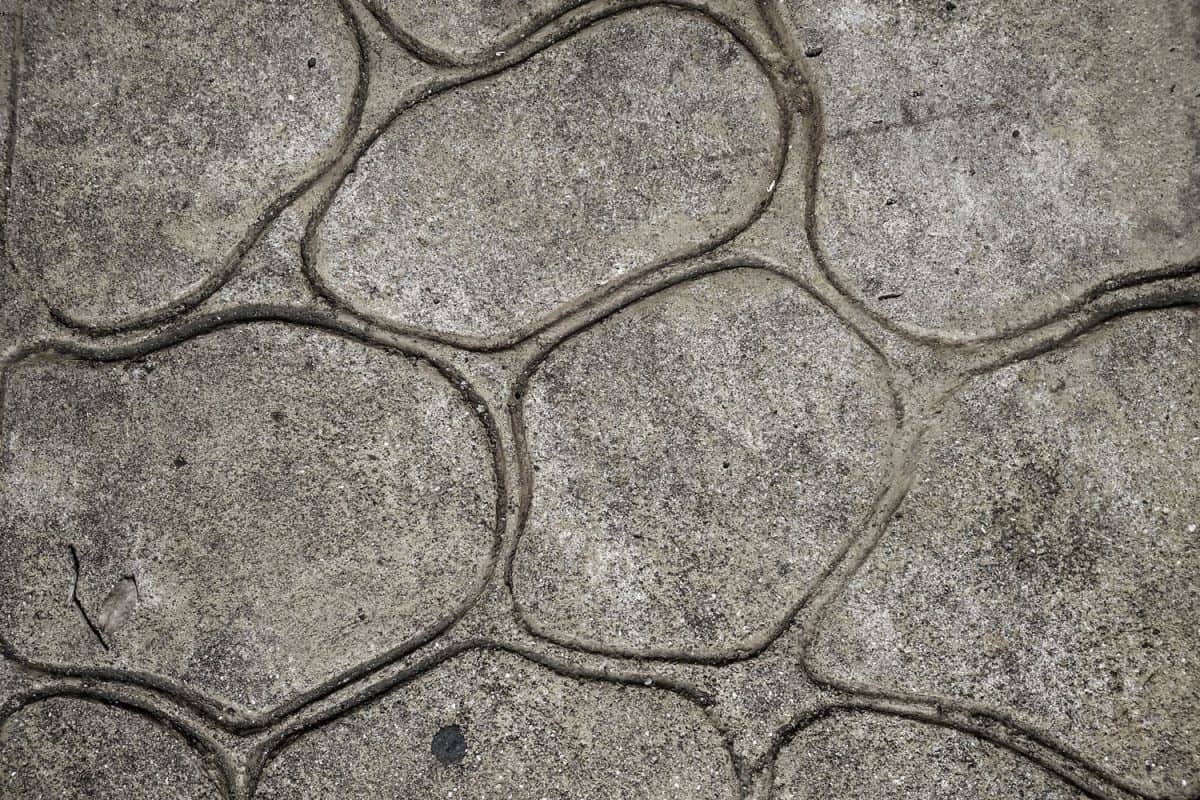
Curing is an essential process since this will control the moisture coming from the concrete. After pouring concrete, wait for seven days after installation before watering it. Take time in curing since this will help make your concrete stable, durable, and strong.
Remember that the moment you pour concrete, curing will immediately begin. Spray your concrete five to ten times or as often as you can in the first seven days to keep your concrete hydrated. Keep it saturated for the first 28 days to avoid weak concrete.
Is It Okay To Pour Concrete Over Existing Concrete?
Yes, it is okay to pour concrete on your existing concrete. However, various issues may occur, especially if there are cracks on your old concrete. Doing this might be risky since it will require a lot of maintenance, and we all know that concrete is supposed to be low maintenance.
Also, the life span of the new concrete might be shorter and limited. It is better to remove the old concrete and pour a new one. It saves you time, but it will also last longer.
Is There A Sealer For Concrete?
There are two types of sealers that are usually used for concrete:
1. Film-forming Concrete Sealer
Also called topical sealers, this sealer coats the whole surface. It sticks to the tiny pits of the concrete to protect the damaged area. It is also good for avoiding moisture and spills. This sealer is durable and low-maintenance.
2. Penetrating Sealers
This type of sealer penetrates deeply into the damaged area of your concrete. Penetrating sealers do not leave a visible trace on the concrete and will not affect the color of the concrete.
Are Water-Based Concrete Sealers Good?
It is a good sealer if you like a low-VOC but provides high performance. It usually lasts five to ten years, depending on how exposed it is to UV.
In Closing
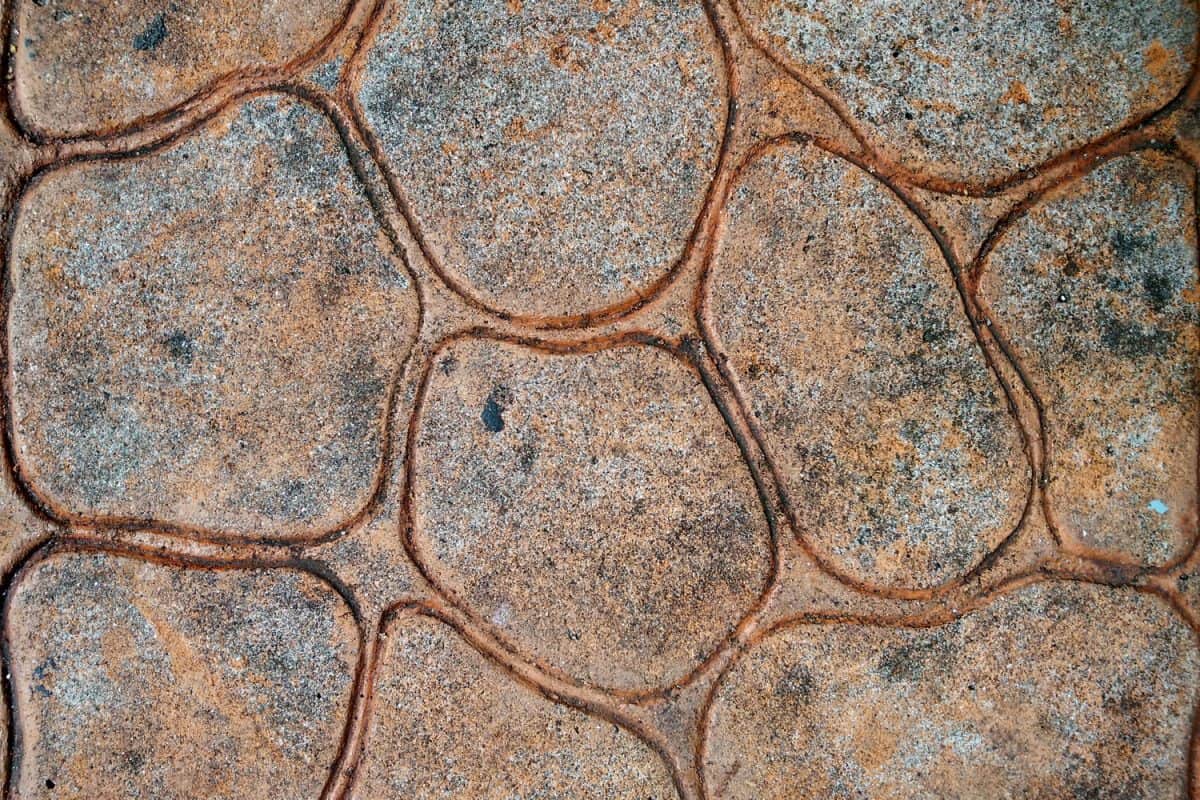
Do not limit the style of your concrete to a plain one. Improve your outdoor space, starting with the look of your concrete.
Since you are here, you can also read:

![Vibrant Red Paver Stone Path, Can You Spray Paver Sealer? [How To Apply It]](https://pavingplatform.com/wp-content/uploads/2022/04/Vibrant-Red-Paver-Stone-Path-600x400.jpg)
![Properly laid out red pavers for a garden, Can You Tint Paver Sealer? [And How To]](https://pavingplatform.com/wp-content/uploads/2022/04/Properly-laid-out-red-pavers-for-a-garden-600x400.jpg)
